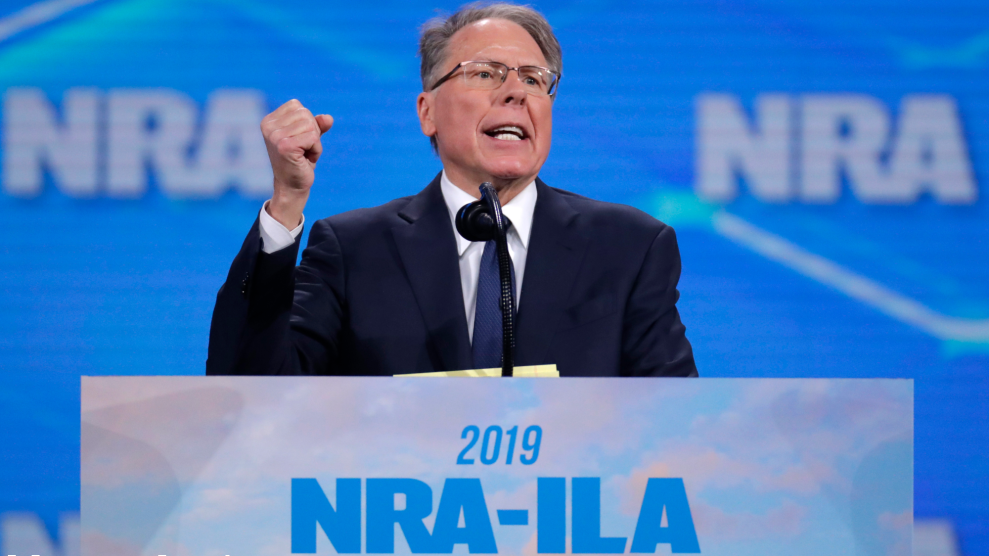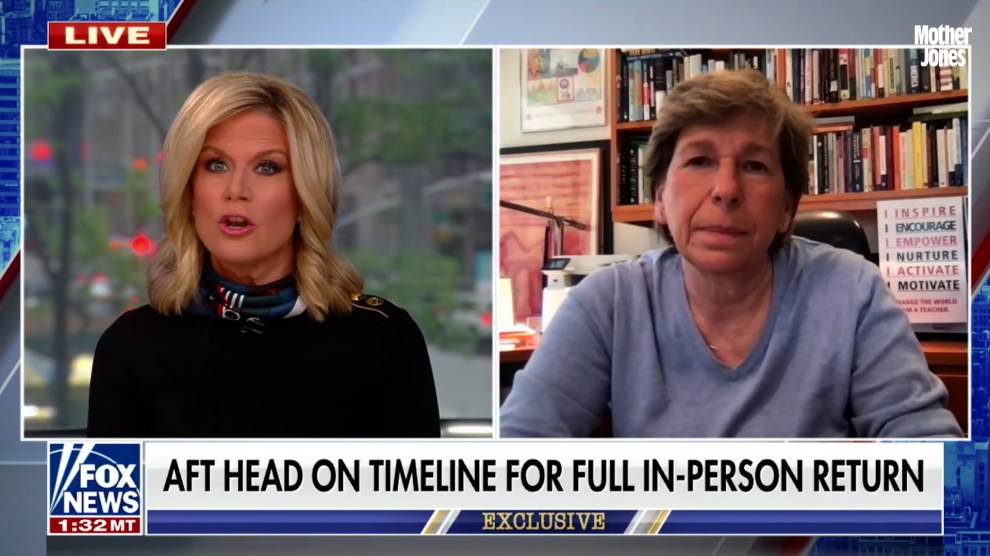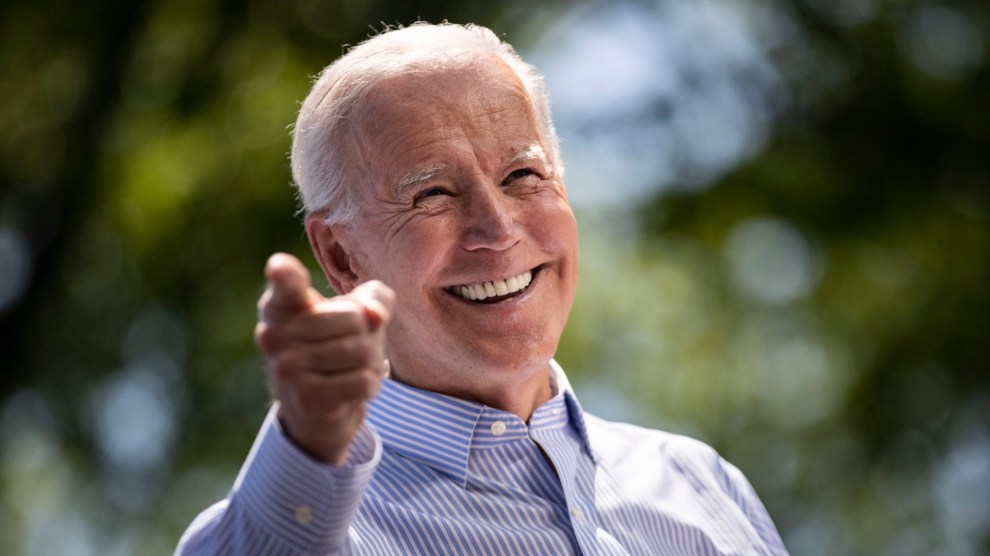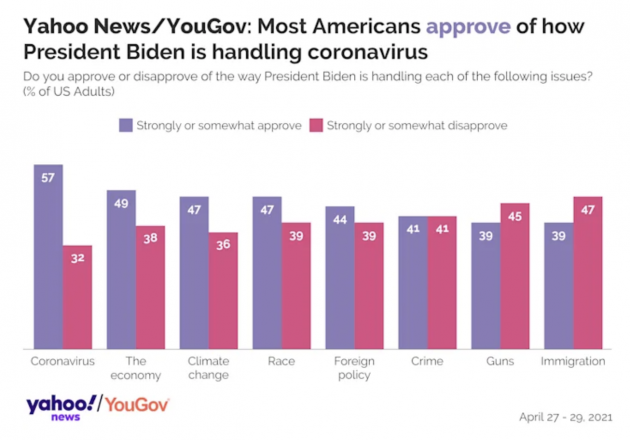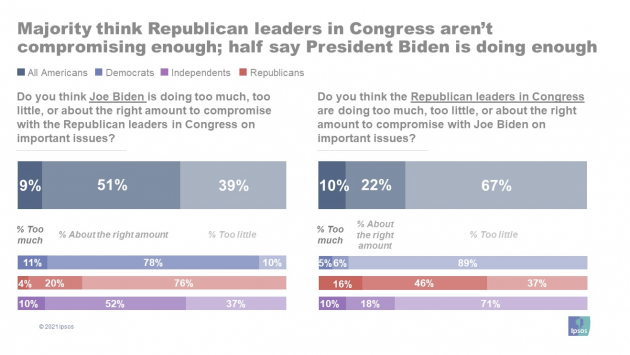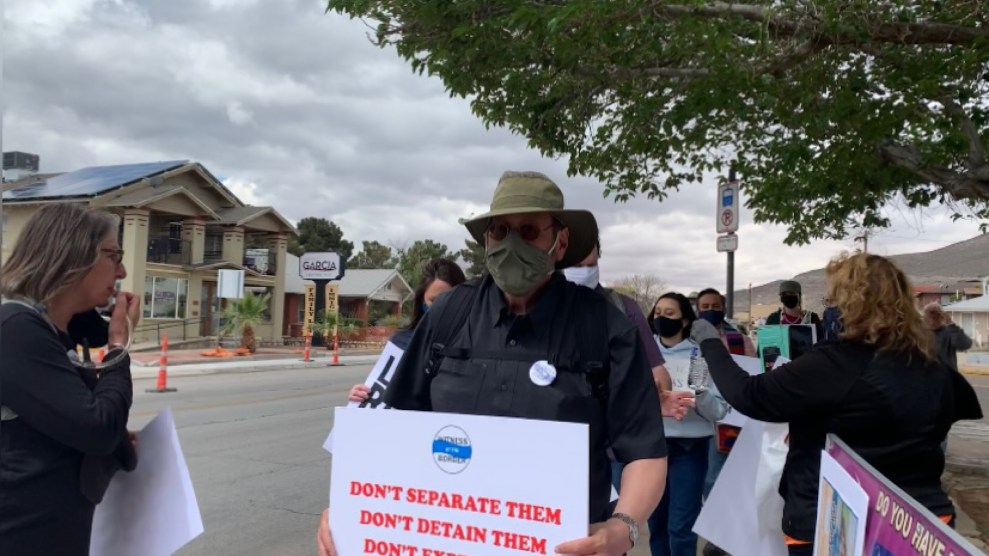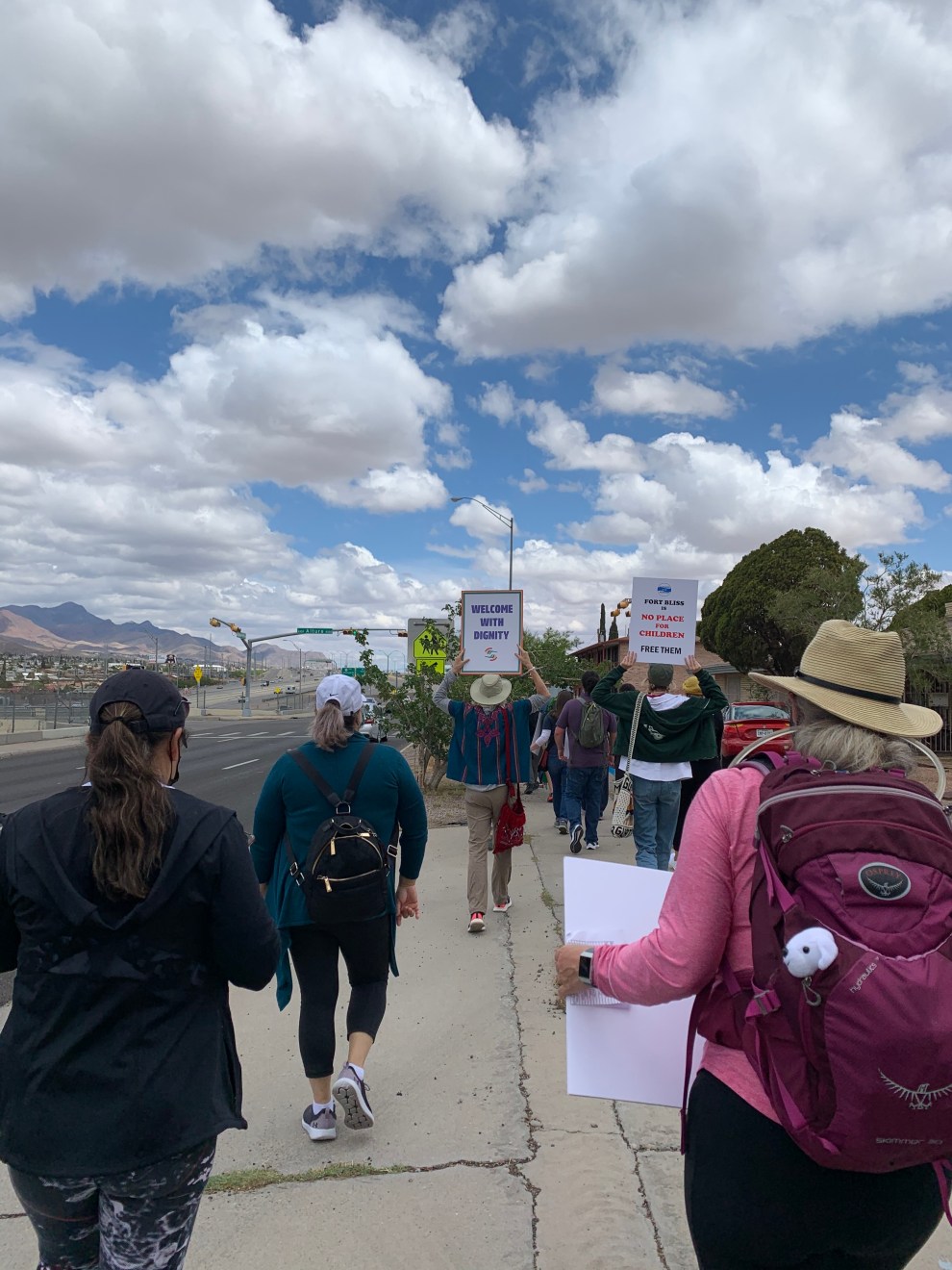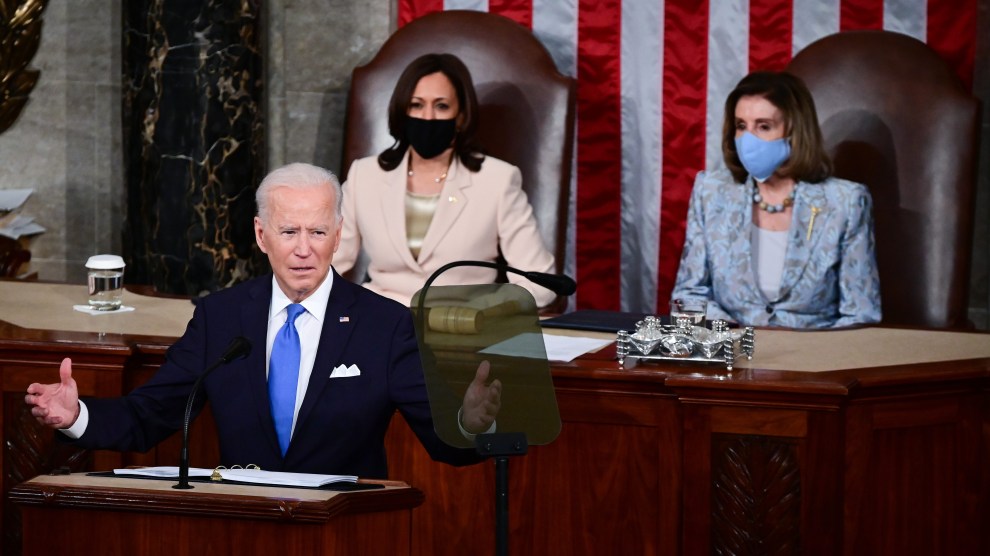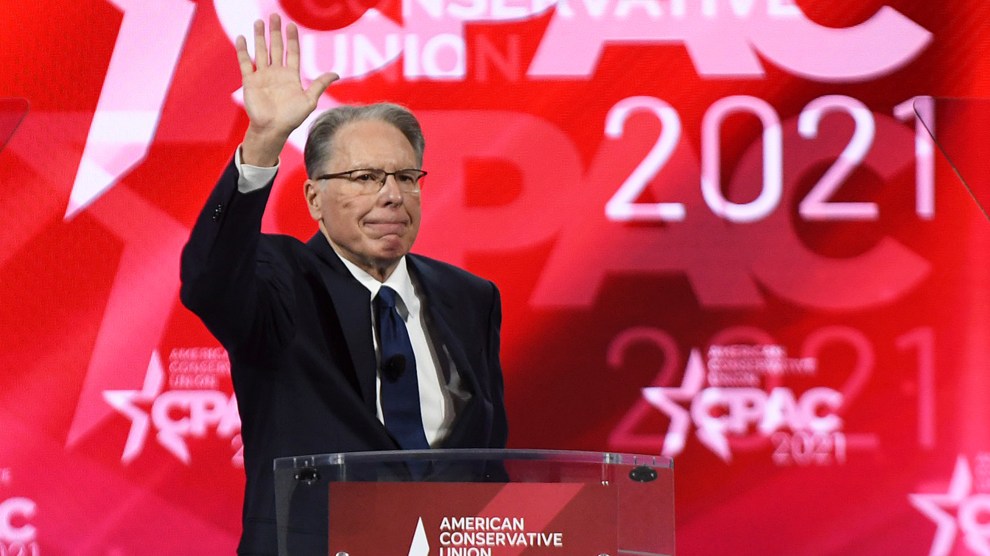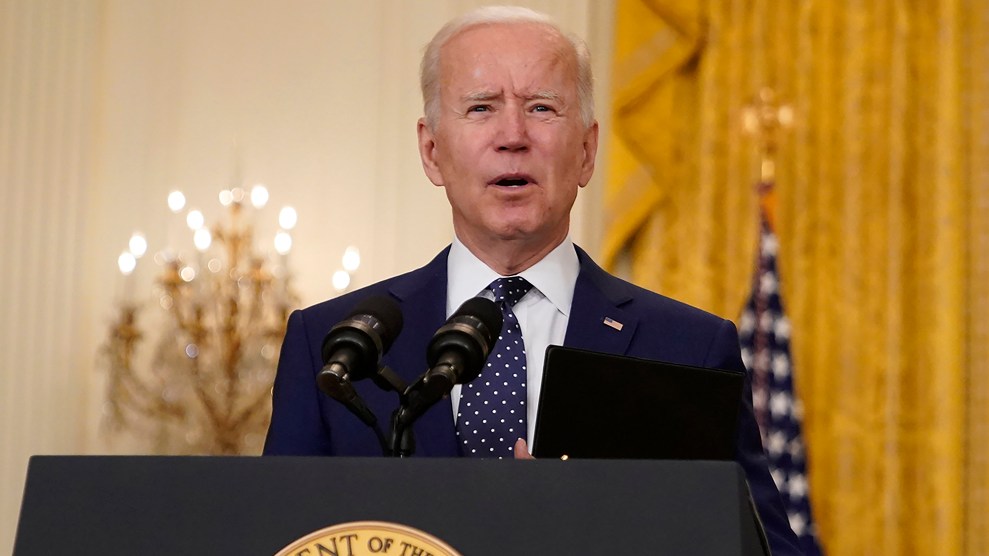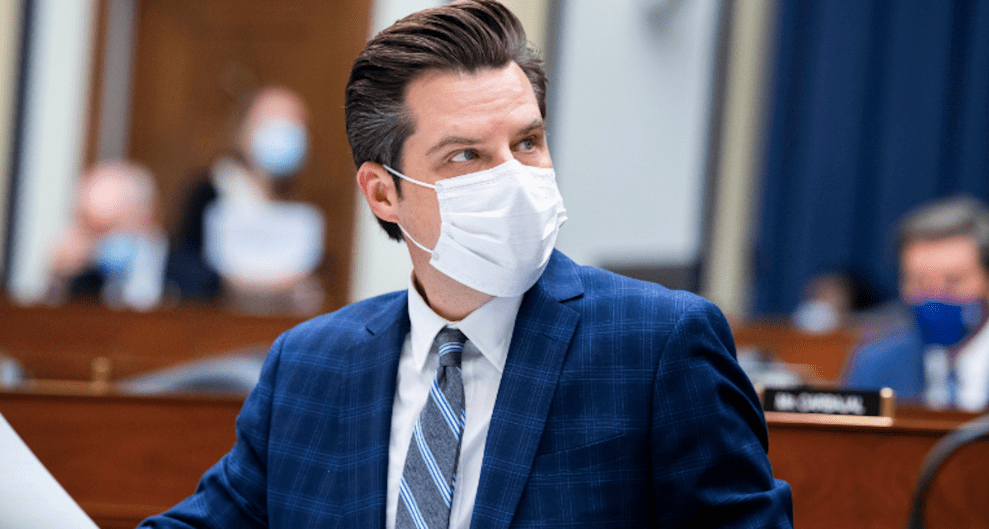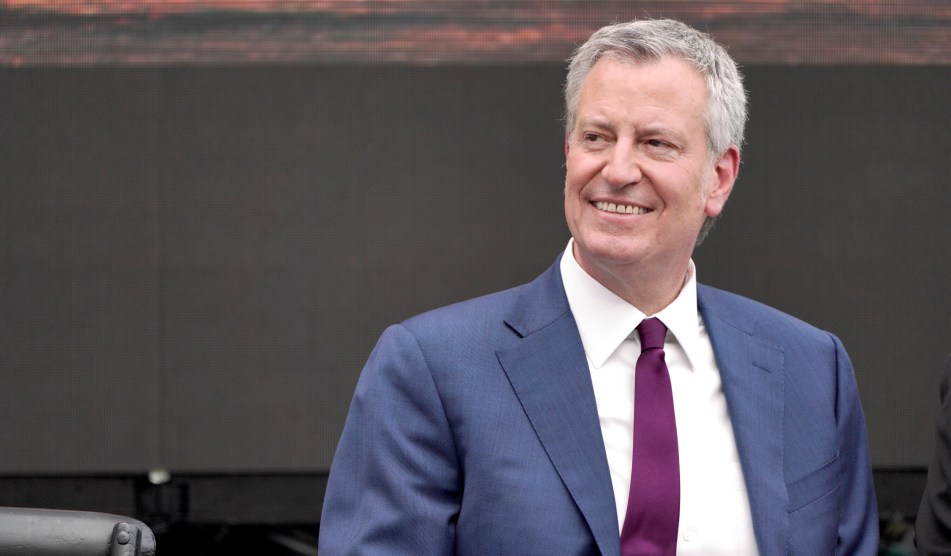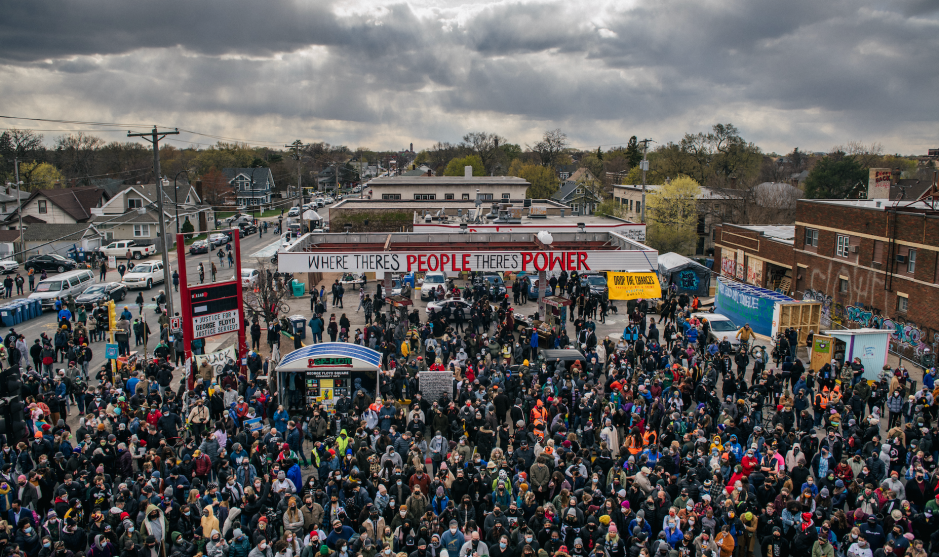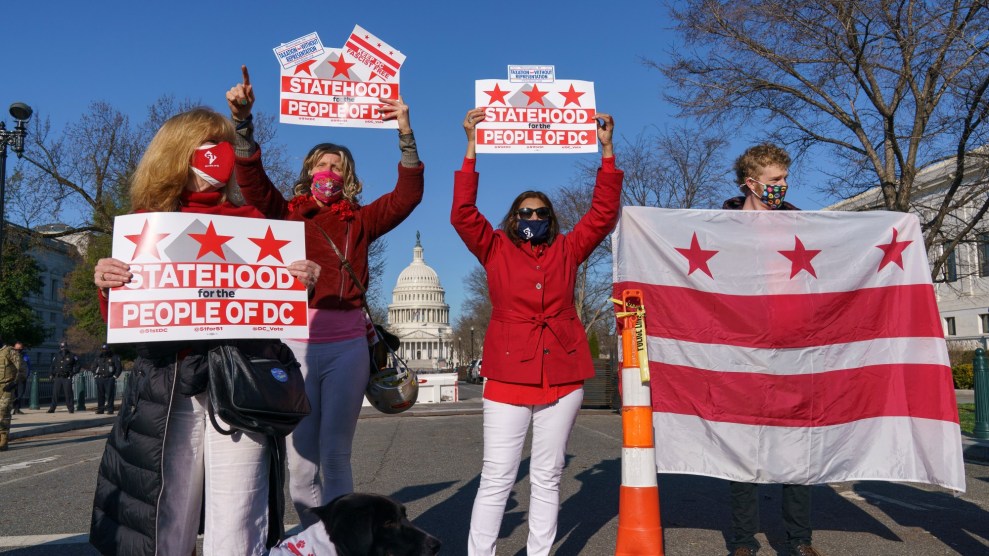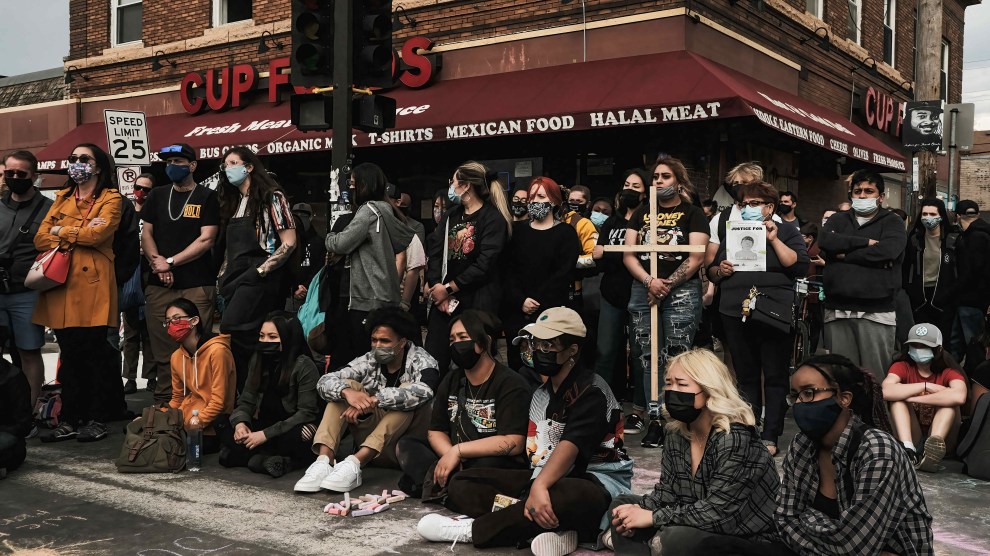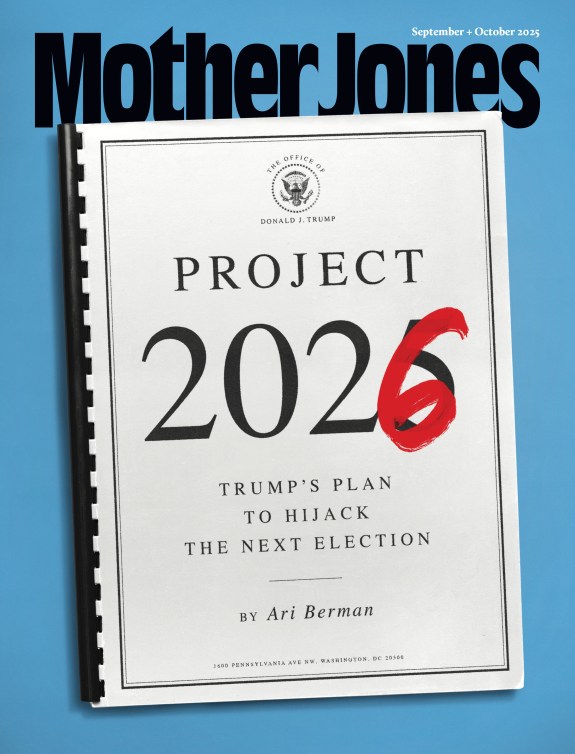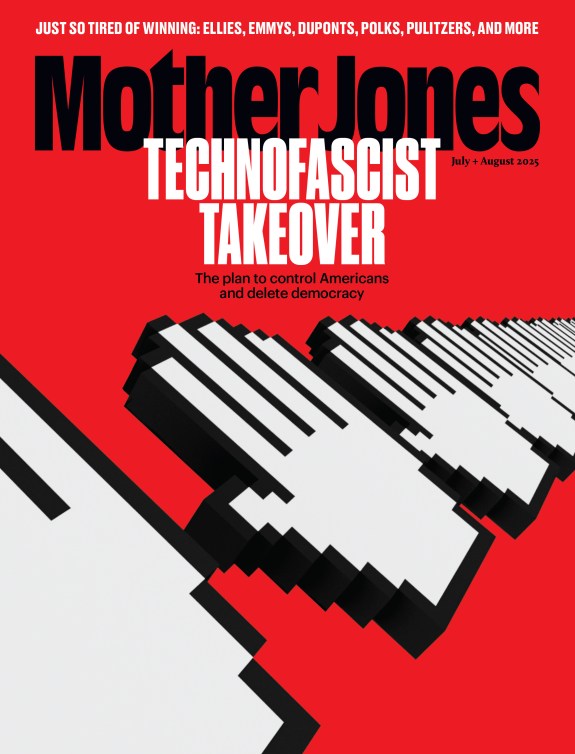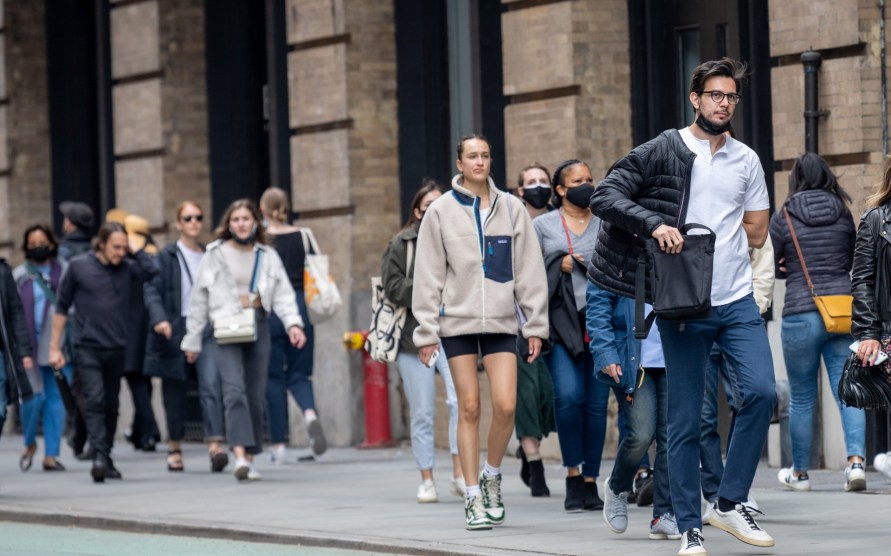
Alexi Rosenfeld/Getty
(Some) sense of normality is finally, officially here: The Centers for Disease Control and Prevention announced Thursday that people who are fully vaccinated can go most places, both inside and outside, without a mask—and they can stop social distancing, too. The CDC still said that local guidelines are the ones to follow, but, yes, if you’re vaccinated, this is a big deal.
“We’ve got to liberalize the restrictions so people can feel like they’re getting back to some normalcy,” Dr. Anthony Fauci told the New York Times. “Pulling back restrictions on indoor masks is an important step in the right direction.”
About 58 percent of adults have received at least one dose of the vaccine, and deaths have dropped since the rollout of the vaccines began earlier this year. And while herd immunity likely isn’t coming, as my colleague Jackie Flynn Mogensen explained earlier this week, that doesn’t equate to us being doomed. “What experts tell me is that herd immunity, in the case of COVID, is really just a concept—not a singular goal,” Jackie wrote. “It’s not the end-all, be-all, a return to normalcy is not out of the question, and yes, there are many reasons to be hopeful.”
Without herd immunity, announcements like this will shape the process of easing back into things and adapting for the long haul of COVID as part of our lives. Restrictions and rules will change. There will be a balancing act of deciding how to act—both from government officials and personally. There will even likely be an uneasy, terrifying way in which we should ask if mass death is again being potentially ignored for a return to normal. There aren’t easy answers.
So, what this means for your next trip to the grocery store is, for now, unclear. The CDC declined yet to clarify how the new guidance may affect businesses. And certainly some people are going to keep wearing masks because they like them. Other people will feel this is, in the word of two Republican senators, “freedom.”


